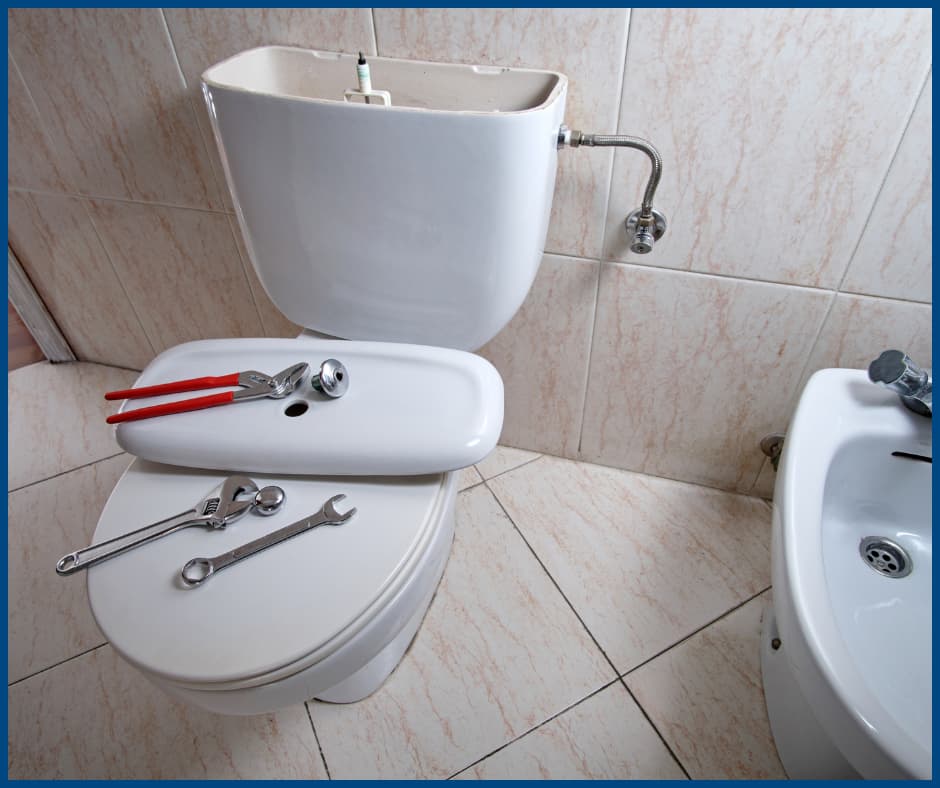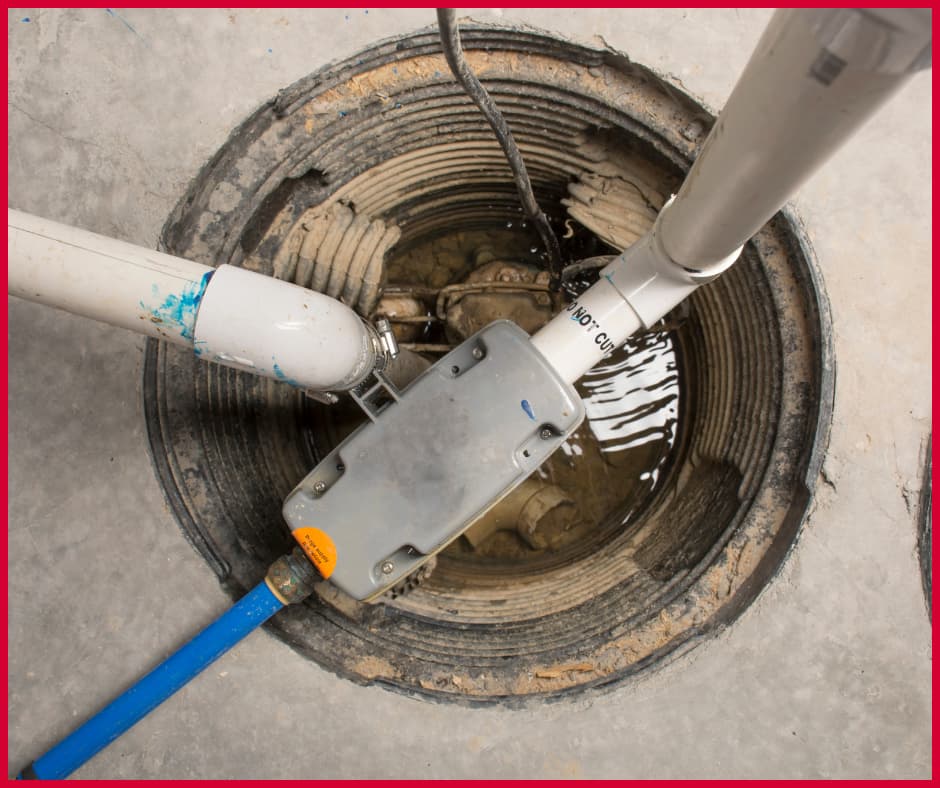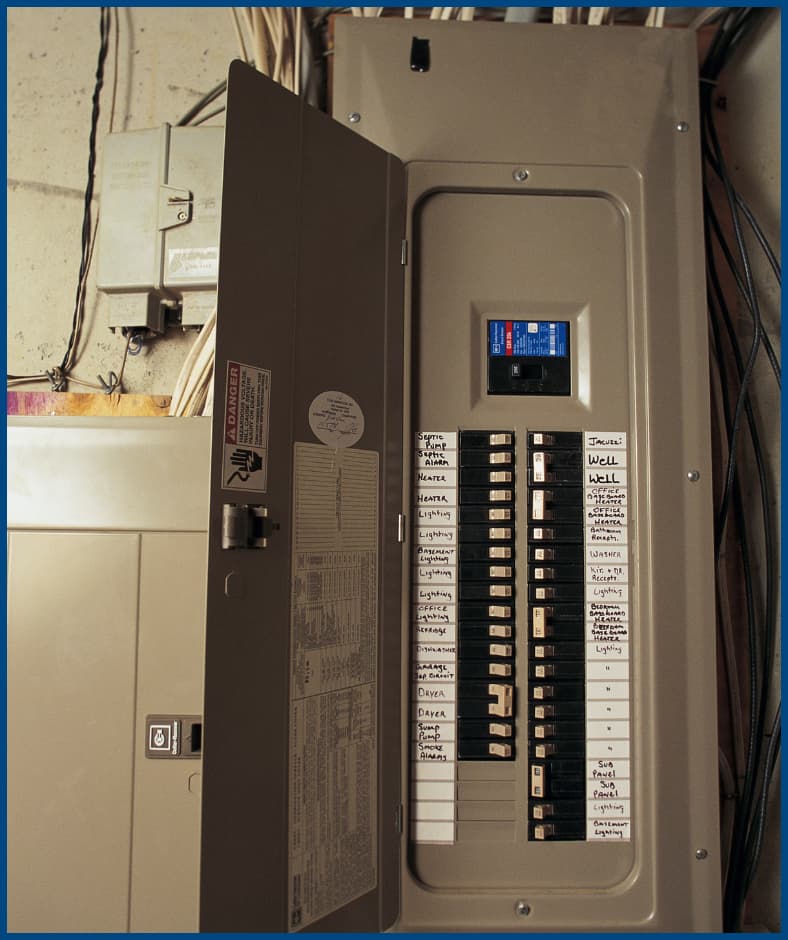DIY Plumbing Fixes: Smart Repairs You Can Do and When to Call a Pro
Plumbing issues can range from minor annoyances to major headaches. While some fixes are simple enough for a DIY approach, others require professional expertise to avoid costly damage. Knowing the difference can save you time, money, and stress.
DIY Plumbing Fixes You Can Handle
If you’re comfortable using basic tools and following instructions, these common plumbing issues are usually safe to fix on your own:
1. Unclogging a Slow Drain
Hair, soap scum, and debris can slow down your sink or shower drain. Try using a plunger, a drain snake, or a baking soda and vinegar solution to clear the blockage. Avoid harsh chemical drain cleaners, as they can damage your pipes over time.
2. Fixing a Running Toilet
A constantly running toilet wastes water and increases your utility bill. Most often, the issue is a faulty flapper, fill valve, or chain inside the tank. Replacing these parts is a simple and inexpensive fix.
3. Replacing a Faucet Washer
A dripping faucet is often caused by a worn-out washer inside the handle. With the right tools, you can shut off the water supply, disassemble the handle, and replace the washer in just a few minutes.
4. Sealing a Small Pipe Leak
If you notice a minor leak under your sink, plumber’s tape or a pipe clamp can serve as a temporary fix until a professional can assess the situation.
When to Call a Professional Plumber
Some plumbing issues are best left to the experts. Attempting these repairs without the right experience can lead to water damage, mold growth, or even safety hazards.
1. Low Water Pressure Throughout the House
If your water pressure suddenly drops, it could indicate a leak in the main line, sediment buildup, or an issue with your water supply. A plumber can diagnose and resolve the problem properly.
2. Persistent Clogs or Sewer Line Backups
If plunging and snaking don’t work, the clog could be deeper in the system. Tree roots, broken pipes, or sewer line issues require specialized equipment to fix.
3. Water Heater Issues
A lack of hot water, unusual noises, or leaks around your water heater can signal a serious problem. Water heaters involve gas or electrical components that should be handled by a professional.
4. Burst Pipes or Major Leaks
A burst pipe can cause severe water damage in minutes. If you experience a major leak, shut off your home’s water supply immediately and call a plumber.
Final Thoughts
DIY plumbing fixes can save you time and money for minor issues, but some problems require a professional touch. When in doubt, calling a plumber can prevent further damage and ensure the job is done right.
How To Test A Sump Pump
A sump pump plays a vital role in keeping your basement dry and preventing water damage. Regular testing ensures that your sump pump is functioning properly, especially before heavy rainfall or melting snow. Here’s a step-by-step guide on how to test one and keep your home protected from potential flooding.
Step 1: Locate Your Sump Pump
First, identify where your sump pump is located. It is typically found in a sump pit in the basement or crawl space. Make sure the area around it is clear of debris and easily accessible.
Step 2: Inspect the Power Source
A sump pump needs a reliable power source to operate. Check that the pump is plugged into a ground fault circuit interrupter (GFCI) outlet. Reset the outlet if necessary and inspect the power cord for any damage.
Step 3: Test the Float Switch
The float switch activates the pump when the water level rises. To test it, slowly pour water into the sump pit until the float rises. The pump should start automatically and drain the water. If it doesn’t turn on, the switch may be stuck or faulty.
Step 4: Check the Discharge Pipe
Follow the discharge pipe outside to ensure it is directing water away from your foundation. Remove any obstructions, such as dirt, debris, or ice, that could cause backups or inefficient operation.
Step 5: Perform a Manual Test
If your sump pump has a backup battery, unplug the main power source to verify that the backup system engages. This test is crucial for ensuring the pump will function during a power outage.
Step 6: Listen for Unusual Noises
A properly functioning sump pump should run smoothly. If you hear grinding, rattling, or excessive vibration, there could be debris stuck in the impeller, or the motor may be wearing out.
Step 7: Schedule Routine Maintenance
Testing your sump pump every few months can help prevent unexpected failures. Consider having a professional inspect and clean the pump annually for optimal performance.
By following these steps, you can ensure that yours is ready to protect your home from water damage. Regular testing and maintenance will give you peace of mind, knowing that your basement remains dry even during heavy rainstorms.
The Ultimate Guide to a Summer-Ready Home: Stay Cool, Efficient, and Prepared
As the warm weather rolls in, homeowners turn their attention to making their homes comfortable, efficient, and ready for summer fun. Whether you’re preparing for backyard gatherings, looking to keep your home cool, or ensuring your property is in top shape, now is the perfect time to focus on getting summer ready homes.
Keep Your Home Cool and Comfortable
Beating the summer heat starts with keeping your home cool. While air conditioning plays a big role, small adjustments can make a big difference. Check window coverings to block out intense sunlight, inspect weather stripping around doors and windows to keep cool air in, and consider using ceiling fans to circulate air efficiently.
Outdoor Spaces for Summer Enjoyment
A well-prepared outdoor space can turn a home into the go-to spot for summer relaxation. Cleaning patios, decks, and porches helps create a welcoming atmosphere, while checking for any needed repairs ensures safety. Fresh landscaping, shaded seating areas, and outdoor lighting can transform a simple yard into an inviting retreat.
Summer Storm Readiness
Summer storms can bring heavy rain, strong winds, and even hail. Checking gutters and downspouts helps direct water away from the home, reducing the risk of water damage. Trimming tree branches near the house can prevent storm-related damage, and securing outdoor furniture keeps items from becoming hazards in high winds.
Energy Efficiency for the Season
With increased energy use in the summer, improving home efficiency can help reduce costs. Sealing air leaks, using energy-efficient appliances, and setting a programmable thermostat can help keep a home cool without overworking the system. Simple changes like switching to LED bulbs and closing blinds during peak sun hours also contribute to lower energy consumption.
Home Inspections for Peace of Mind
An inspection can help homeowners feel confident that their home is truly summer ready. Checking major systems like electrical, plumbing, and HVAC ensures everything is in working order. A thorough home inspection can identify issues before they become costly problems, helping homeowners enjoy a worry-free season.
Getting summer ready homes isn’t just about keeping cool—it’s about ensuring comfort, safety, and efficiency throughout the season. With a little preparation, homeowners can make the most of their space and enjoy everything summer has to offer.
For a professional inspection to ensure your home is truly ready, visit AmeriSpec Inspection Services today!
Is Your Electrical Panel Keeping Up with Modern Energy Demands?
As technology advances, our homes are consuming more electricity than ever before. From smart home devices and electric vehicles to high-powered appliances and home offices, the demand for reliable and efficient electrical systems has never been higher. One crucial component that often gets overlooked is the electrical panel—the heart of your home’s electrical system. But is your panel up to the task?
Signs Your Electrical Panel May Be Outdated
An outdated or overloaded electric panel can lead to various safety hazards and performance issues. Here are some signs that it may be time for an upgrade:
- Frequent Circuit Breaker Trips – If your breakers trip often, your panel may be struggling to handle your home’s energy load.
- Flickering or Dimming Lights – Lights that dim when appliances turn on could indicate insufficient power distribution.
- Buzzing Sounds or Burning Odors – These are serious red flags that suggest overheating or faulty wiring.
- Old Fuse Box – If your home still has a fuse box instead of a modern circuit breaker panel, it’s definitely time for an upgrade.
- Limited Capacity – Older panels typically max out at 100 amps, while modern homes often require 200 amps or more.
Why Upgrading Your Electrical Panel Matters
Upgrading your electric panel isn’t just about convenience—it’s about safety and efficiency. Here’s why a modern panel is a smart investment:
- Prevents Electrical Fires – An overloaded or faulty panel increases the risk of overheating and electrical fires.
- Supports Modern Appliances – Today’s energy-hungry devices require a panel that can handle the load without tripping breakers.
- Improves Home Value – A modern electrical system is a selling point for homebuyers looking for safety and efficiency.
- Accommodates Future Upgrades – If you plan on adding solar panels, EV chargers, or additional appliances, a robust electrical panel is essential.
When to Call a Professional
If you’re experiencing any of the warning signs above, it’s best to consult a licensed electrician. A professional inspection can determine whether your electric panel needs an upgrade and ensure your home remains safe and efficient.
At AmeriSpec Inspection Services, we understand the importance of a well-functioning electrical system. Our certified and licensed inspectors can assess your home’s electrical panel as part of a comprehensive home inspection, providing valuable insights.
Want to know if your electrical panel is up to the challenge? Schedule an inspection today at www.amsde.net and power your home with confidence!



